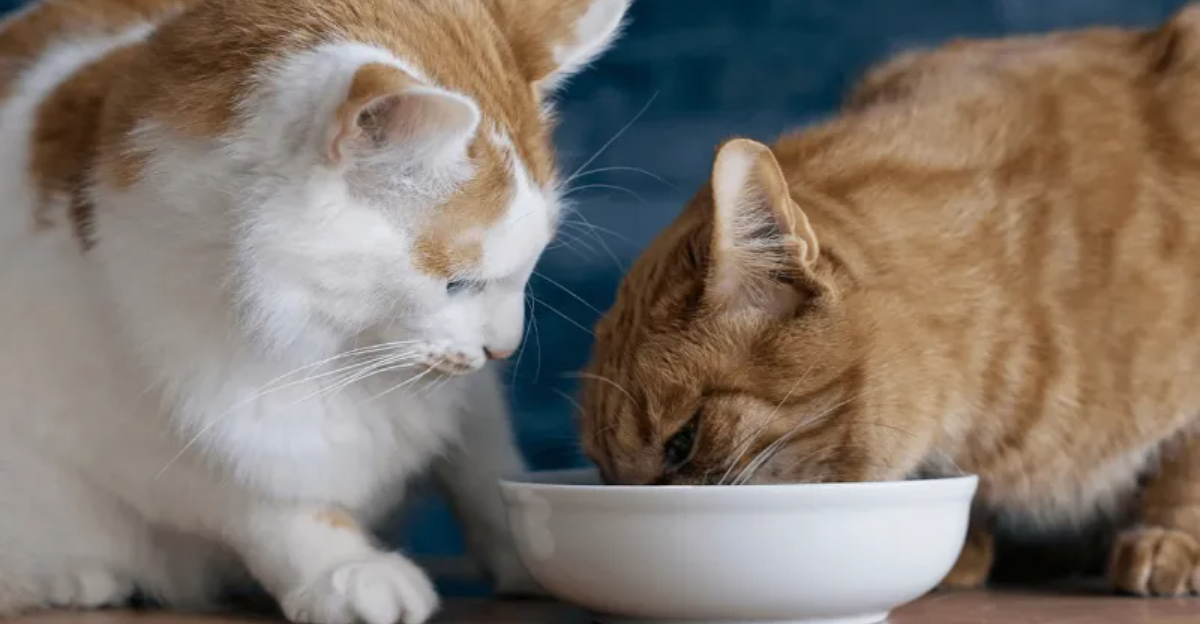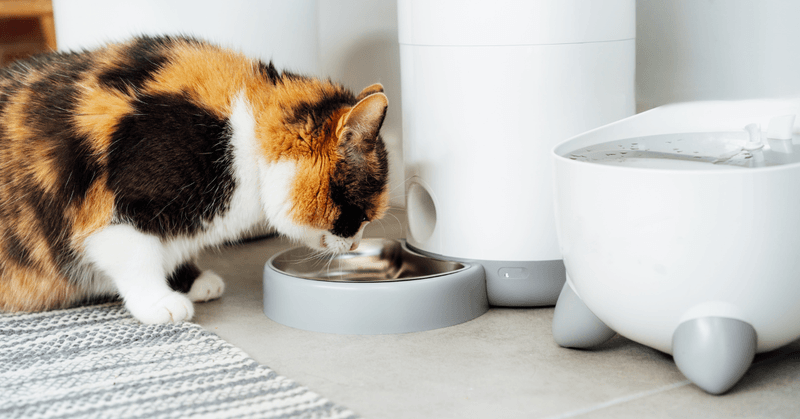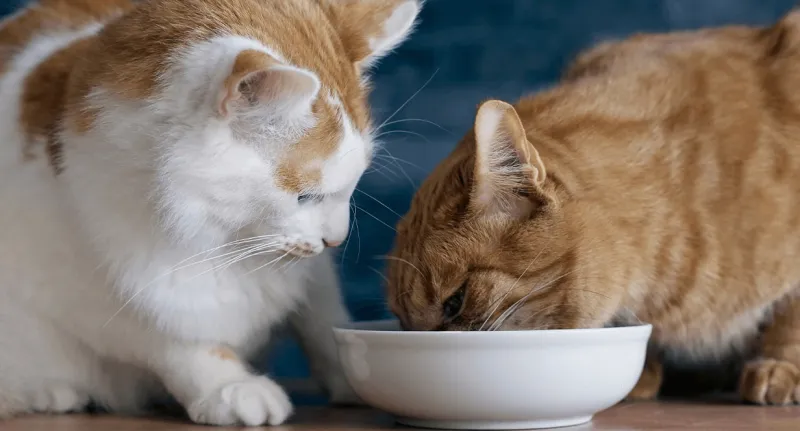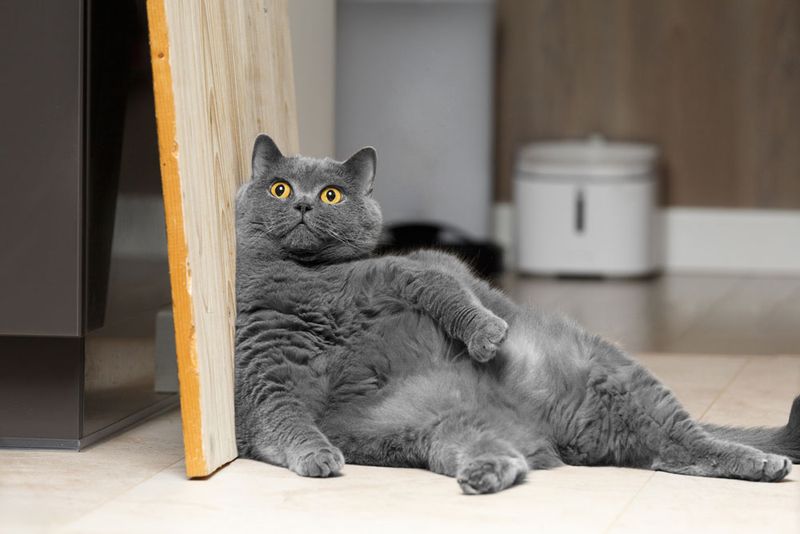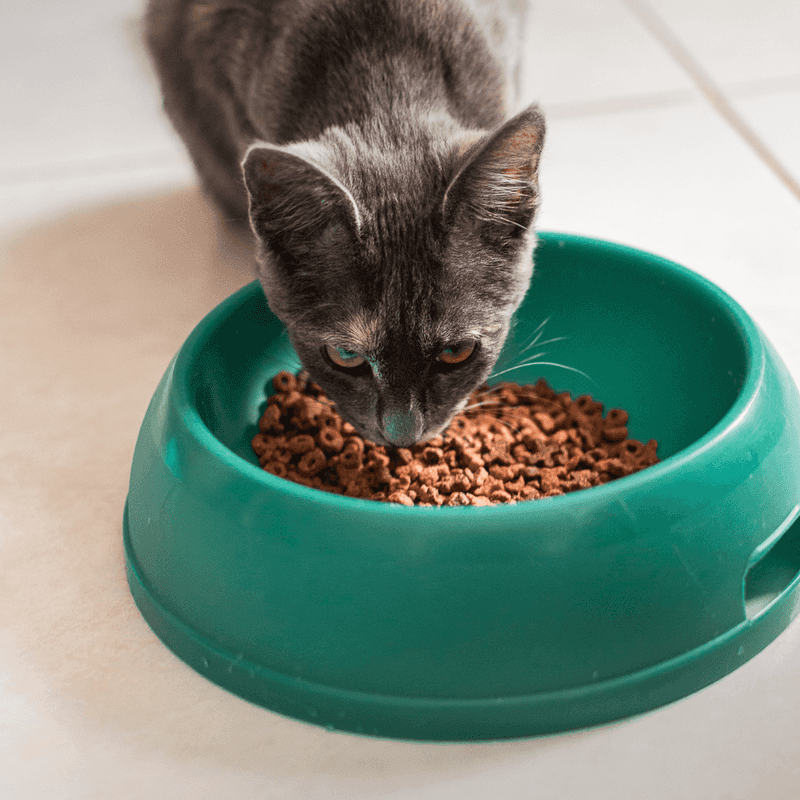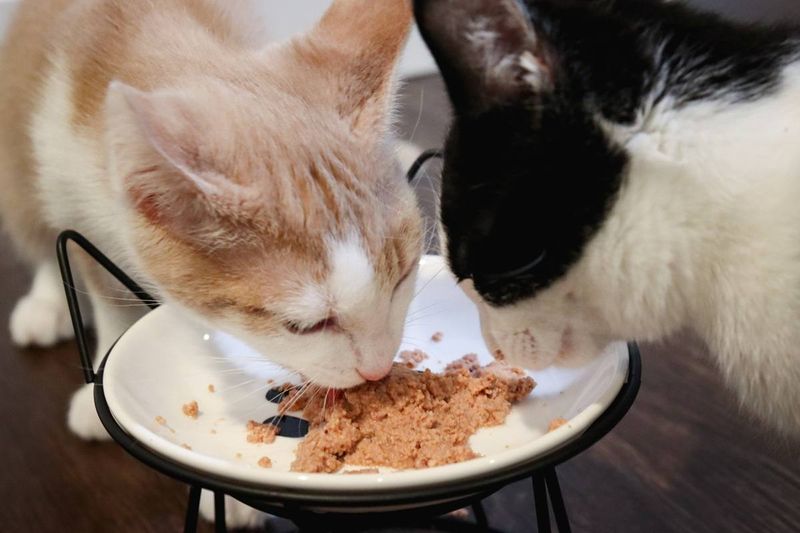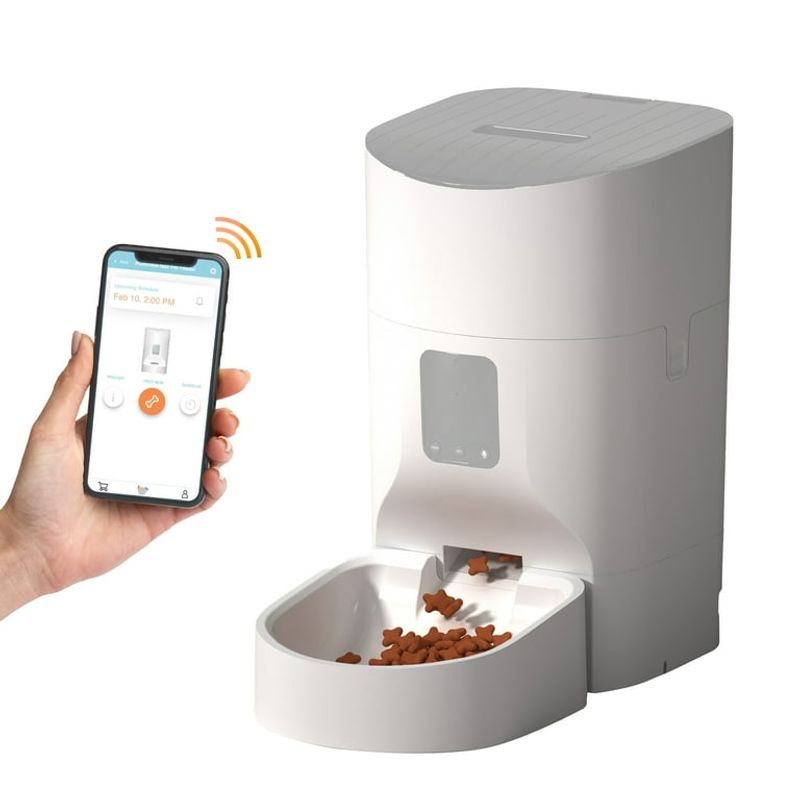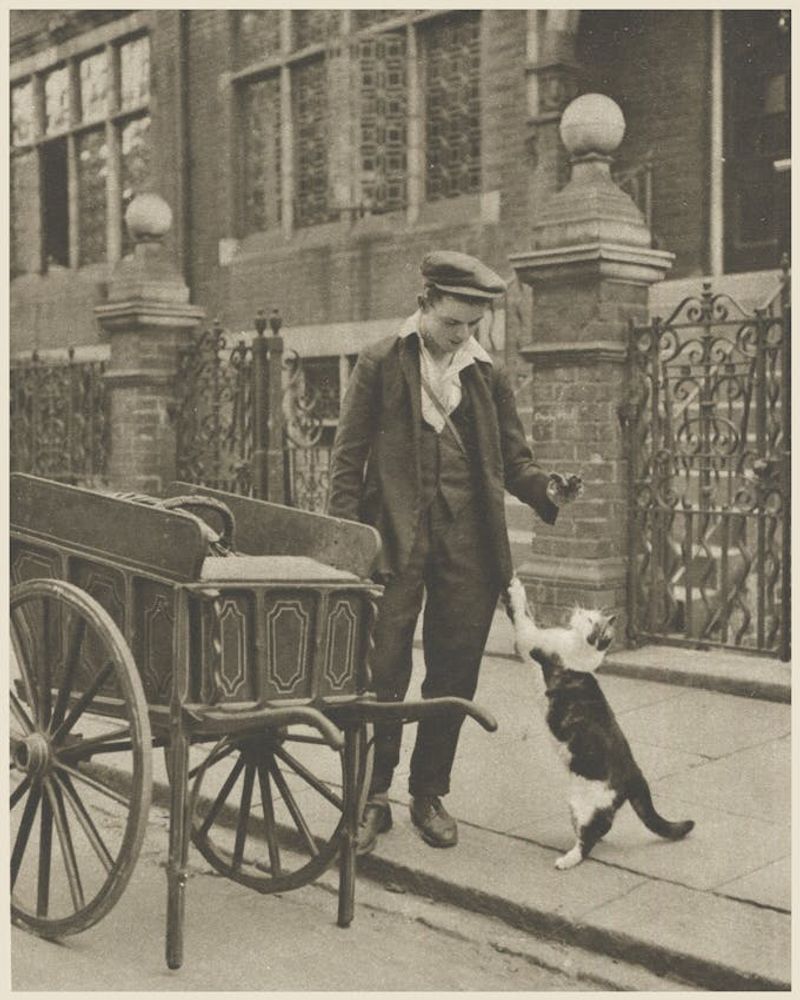📖 Table of Content:
- 1. The Allure of Free Feeding
- 2. Structure and Stability: Benefits of Mealtime Routine
- 3. Potential Pitfalls of Free Feeding
- 4. The Role of Routine in Reducing Anxiety
- 5. Free Feeding: Addressing Multi-Cat Dynamics
- 6. Balancing Act: Mealtime Routine for Busy Owners
- 7. Historical Context: Evolution of Cat Feeding
Deciding between free feeding and a structured mealtime routine for your feline friend can be a challenging choice. Each method has its advocates and critics, and understanding the differences can help you make an informed decision. This blog post explores the benefits and drawbacks of both approaches, aiming to offer a balanced perspective. Whether you’re a new cat owner or a seasoned enthusiast, this guide is here to provide insights into which feeding method might keep your cat healthier and happier.
1. The Allure of Free Feeding
Imagine a world where your cat grazes at their leisure, nibbling throughout the day. For many, free feeding offers convenience and caters to a cat’s natural hunting instincts. Cats regulate their intake, reducing hunger-driven anxiety. However, it’s a slippery slope to overfeeding, especially for less active cats. A clear benefit is the reduced pressure on owners to maintain strict schedules. Yet, the potential for unnoticed overeating and obesity is a looming concern. This method demands vigilant portion control and regular weight checks.
2. Structure and Stability: Benefits of Mealtime Routine
Picture a cat eagerly awaiting its meal, vibrant and energetic. Mealtime routines offer structure, helping control portion sizes and prevent obesity. Cats thrive on routine, and this predictability can reduce stress, particularly in multi-cat households. While it requires a dedicated schedule from owners, the payoff is evident in a cat’s overall health. Yet, it’s not without challenges. Strict timing can be challenging for busy owners, but the assurance of a balanced diet is a significant advantage.
3. Potential Pitfalls of Free Feeding
With great freedom comes great responsibility. Free feeding can inadvertently lead to weight gain and health issues. Cats, especially those less active, may eat out of boredom rather than hunger. The constant availability of food can dull their natural hunting drive. Owners might overlook portion control, resulting in unnoticed weight gain. For free feeding to succeed, it requires a keen eye on the cat’s eating habits and frequent vet visits to monitor their health. Awareness is key to preventing obesity.
4. The Role of Routine in Reducing Anxiety
Routine can be a cat’s best friend, reducing anxiety and promoting a sense of security. Scheduled meals provide predictability, which is particularly beneficial for anxious cats. This approach can also improve the bond between the cat and owner, as feeding time becomes a moment of connection. However, establishing this routine takes time and commitment. Despite these challenges, the benefits of reduced anxiety and improved health are compelling reasons to consider a structured feeding schedule.
5. Free Feeding: Addressing Multi-Cat Dynamics
In a household with multiple cats, free feeding can simplify life, allowing each cat to eat at their own pace. Yet, it may lead to food aggression or unequal food distribution. Dominant cats might overeat, leaving less for others. Owners must ensure all cats have equal access and that timid cats aren’t left out. This method requires careful monitoring to ensure harmony and health among the feline group. Balancing multiple cats’ needs is crucial, requiring a proactive approach from owners.
6. Balancing Act: Mealtime Routine for Busy Owners
For busy cat owners, maintaining a strict mealtime can be daunting. Yet, technology offers solutions like automatic feeders, ensuring cats receive meals on time. This method provides the benefits of portion control and routine without demanding constant presence. Owners can set and forget, knowing their feline friends are well-fed. It requires an initial investment in equipment, but the peace of mind it offers is invaluable. This balance between routine and flexibility suits modern, hectic lifestyles.
7. Historical Context: Evolution of Cat Feeding
Historically, cats were fed scraps from the table, reflecting a symbiotic relationship with humans. As our understanding of feline nutrition evolved, so did feeding practices. The introduction of commercial pet food revolutionized how we feed cats, offering convenience and balanced nutrition. Understanding this history enriches our perspective on modern feeding debates. It highlights the dynamic nature of our relationship with cats and the ongoing quest to provide the best care. This evolution continues to influence feeding choices today.
